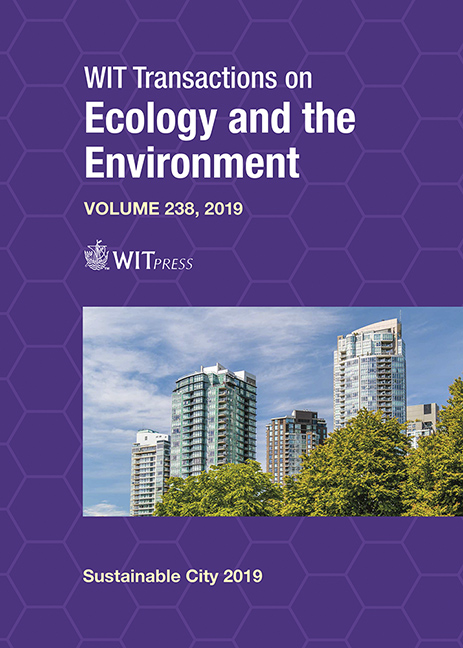PUBLIC SPACES AND PRIVATE CONFLICTS IN THE NEW URBAN AGENDA
Price
Free (open access)
Transaction
Volume
238
Pages
10
Page Range
87 - 96
Published
2019
Paper DOI
10.2495/SC190081
Copyright
WIT Press
Author(s)
MICHAEL W. MEHAFFY, PETER ELMLUND, TIGRAN HAAS
Abstract
The New Urban Agenda, developed at the UN-Habitat III conference on sustainable urban development and later adopted by consensus by 193 countries, includes nine paragraphs affirming the importance of robust public space networks for sustainable and functional cities. But what are the essential requirements for functional public space in cities? What are the current challenges and shortcomings – especially at a time of rapid urbanization, and the decline of public spaces in many cities? We report on a literature survey done by the Centre for the Future of Places at KTH Royal Institute of Technology, as part of a collaboration with UN-Habitat towards implementation of the New Urban Agenda. The literature provides ample evidence that public spaces are arenas for numerous potential conflicts, but also, if properly allocated and structured, places of peaceful copresence, creative interaction, participation, and co-production. Furthermore, a critical aspect of successful public space is the ability to self-organise into a structure of territorial regions, combining private interiors with connective public edges. We discuss larger lessons for city structure, design and development strategy, and sustainable urbanisation for the future.
Keywords
New Urban Agenda, public space, co-presence, co-production





